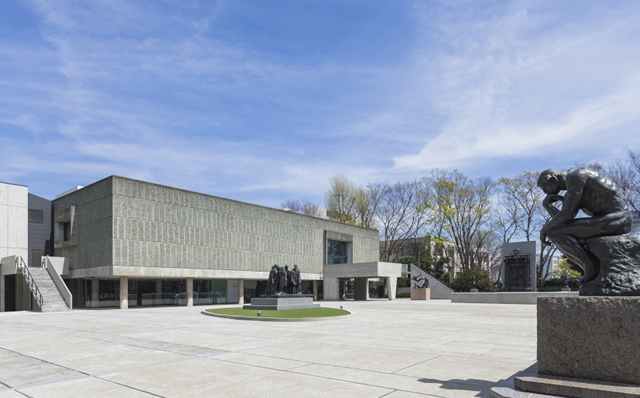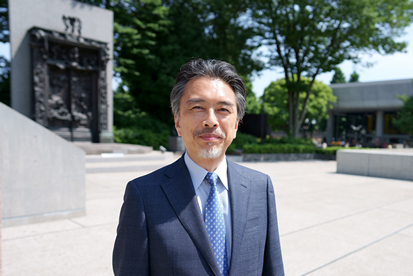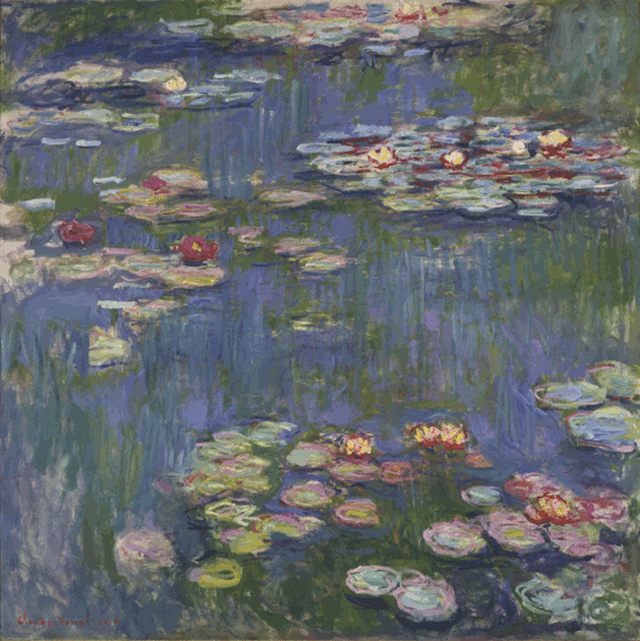

The National Museum of Western Art (NMWA) was established in April 1959 on the basis of works from the Matsukata Collection. That year, these works consisting primarily of Impressionist paintings and Auguste Rodin's sculptures were returned by the French government to the people of Japan. The NMWA's purpose is to provide the public with opportunities to appreciate Western art. Since its opening, the NMWA, as Japan's only national institution devoted to Western art, has been involved in all aspects of Western art, including exhibitions, art work and document acquisition, research, art work conservation and restoration, along with educational and publication activities.
A Message from the Director General
As Japan’s only national museum specializing in Western art, we continue to work to promote a broad and more enjoyable understanding of Western culture. The NMWA was founded on the basis of a core group of artworks assembled in the late 1910s to 1920s by MATSUKATA Kojiro, then president of Kawasaki Dockyard Co. With the belief that an understanding of Western culture and civilization was essential for Japan’s development, Matsukata invested his personal fortune in collecting Western art works. The NMWA has inherited both Matsukata’s personal collection and his collecting philosophy. We will continue to enrich our collection and expand our activities as a center for the study and dissemination of information on Western art history, and the conservation and restoration of art works. And we fully acknowledge and take on our most important responsibility, namely, handing on the results of these efforts to the people of the coming centuries. We greatly appreciate your support and assistance in helping us fulfill our mission.

TANAKA MasayukiDirector General, NMWA

About Our Collection
Our collection began in 1959 with a core group of 370 works from the Matsukata Collection. Since then, the NMWA has continued to acquire Western art works dating from the Medieval period through the first half of the 20th century, as well as works with ex-Matsukata Collection provenance. Numbering more than 6,000 works today, the NMWA collection spans diverse media, from oil paintings such as Peter Paul Rubens’ Two Sleeping Children, Marie-Gabrielle Capet’s Self-Portrait and Claude Monet’s Water Lilies, to sculptures such as Auguste Rodin’s The Gates of Hell and Emile-Bourdelle’s Hercules the Archer, along with drawings, prints, manuscripts, and decorative arts.
MONET, Claude《Water Lilies》1916

